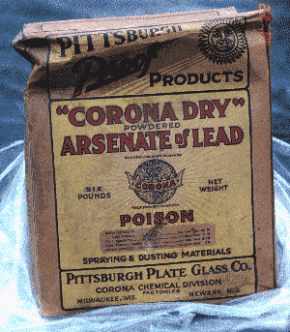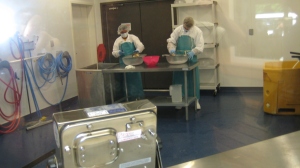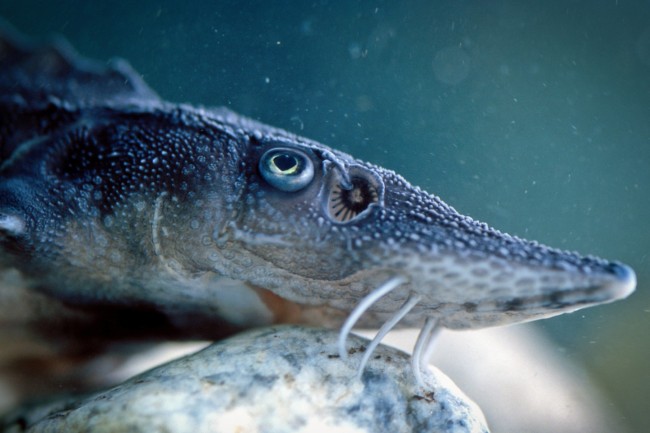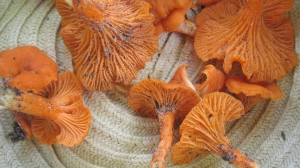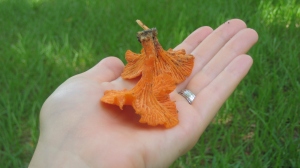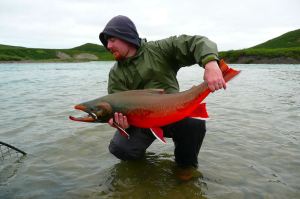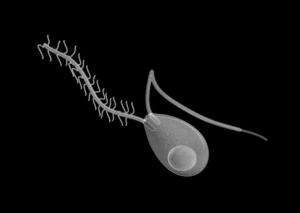Let’s look at how lettuce and other leafy greens are normally grown in the field. Ideally they’re watered by drip irrigation. But drip systems are expensive, and a lot of farms still have legacy sprinkler-type systems like the one you see on lawns. They spray water right over the crops. Sometimes the water comes from wells and other potable sources. Sometimes it comes from the Colorado River or other ponds, streams, or rivers. These aboveground sources are called “surface water” in the ag biz, to differentiate it from groundwater coming out of wells. Wellwater is nearly always clean, unless you have a feedlot or something else grody going on nearby.

Wisdom from the children’s publishing industry.
Surface waters have fish in them. That’s the way lakes and streams are supposed to be: lively! The water has fish poop in it– not to mention poop from deer, coyotes, raccoons, cattle ranches where cows hang out around any available water stream, and campers. And unlike aquaponics where the water stays down in the root zone at all times, they’re sprinkling it right onto the parts of the plant you’re going to eat.
This is 100% legal even under the most stringent on-farm food safety standards in the country, the California Leafy Green Products Marketing Agreement. (Adopted by CA farmers after the 2006 spinach scare.) Want to read it yourself? Link to the LGMA rulebook here. Standards for using surface water in overhead sprinklers are on p. 16.
You’ll note that the water has to be tested at least once a month. You’ll also note the caveat about how rainfall and other occasional events can spike the bacterial levels in water, and how the limit is 235 cfu/ml averaged over the last five samples. Bacterial loads in outdoor water bodies can be extremely variable– they can be clean most of the time. But when a rainstorm washes junk into creeks, or a neighboring rancher lets his cows into a paddock that your source stream runs through, or a critter drowns in your pond, it can go up really fast. This report on the involvement of cattle and wild pig feces in the 2006 E. coli outbreak on spinach gives a good perspective on the wild world of irrigation with surface water.

An ad I found today for a tractor attachment that makes these little soil dams in the furrow, so that irrigation water stays ponded on your lettuce instead of running off. (Granted, this is very good soil and water conservation. Questionable food safety though.)
I wouldn’t say the LGMA’s standards are lax. They’re literally the best you can do in an outdoor situation where there are so many factors out of your control.
Field crops also have a hard time with critter control. A major food safety issue in field production is that birds, mice, rats, squirrels, and deer like lettuce too, and eating tends to lead to pooping. It’s extremely difficult/impossible to keep critters out of a big sprawling field of a couple dozen acres and upwards.

Aquaponics done right: so clean it’s almost annoying. Source
Aquaponics, by contrast, is a very compact system. A conventional lettuce field can turn out maybe two, three crops a year. Aquaponics can do 10 to 20. The area needed to grow lettuce for a certain size of market is much smaller. At that concentrated size it’s actually possible to fence and screen vermin out.
Low water use is also a food safety advantage for aquaponics. When plants in the field need water they need it NOW. You may studiously avoid taking samples when you know that upstream neighbor Bob has his cows in the creek again… but that probably won’t stop you from using the water.
By contrast, aquaponics uses a contained body of water that you can keep critters out of without needing neighbors and the weather to cooperate. It only needs to be topped off rather than completely re-watered on a regular basis like a field. If there’s a supply problem you can wait until it clears up. Together these mean that it’s much more possible to take real responsibility for your bacterial levels than it is in a field situation.
Questions?


